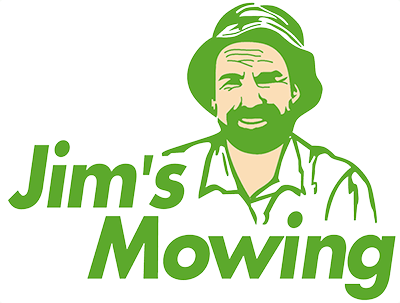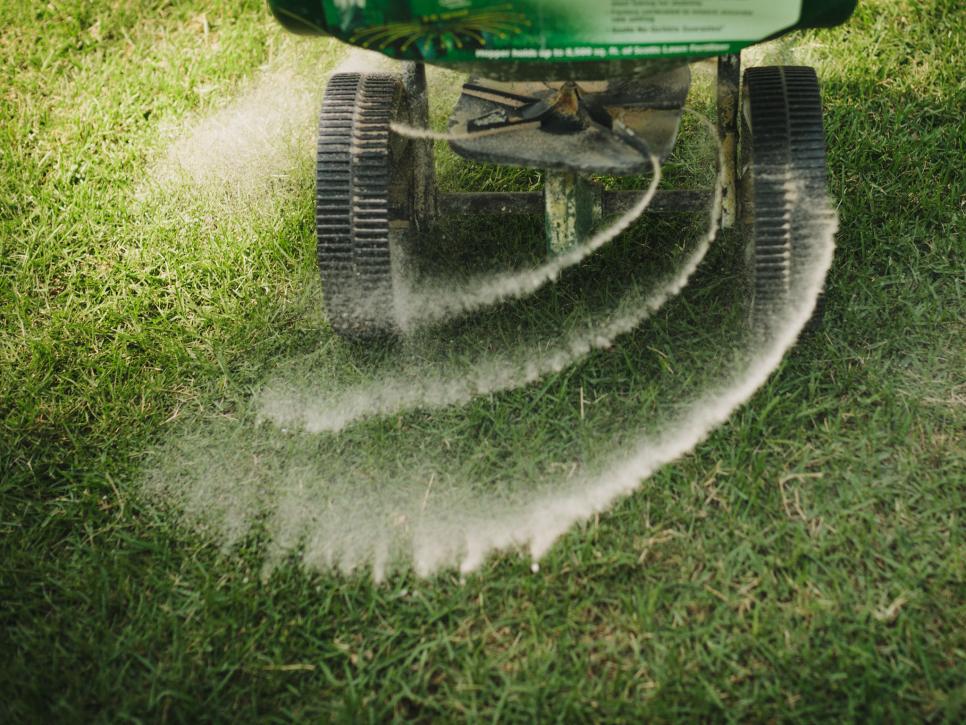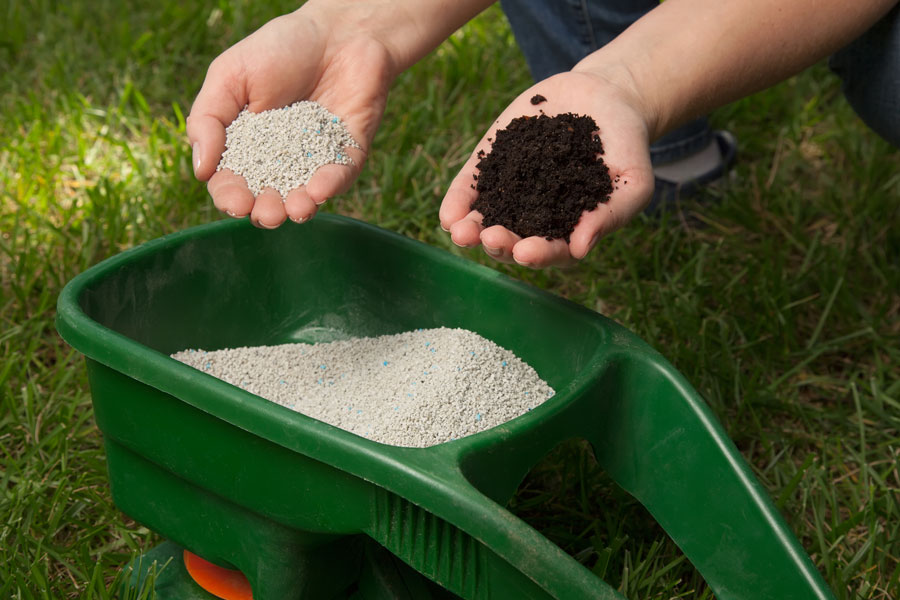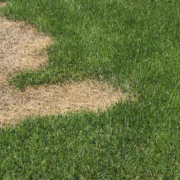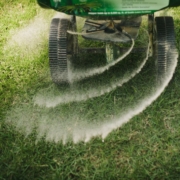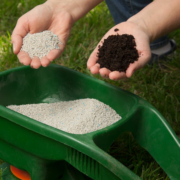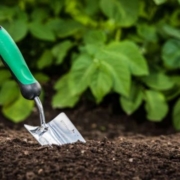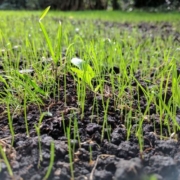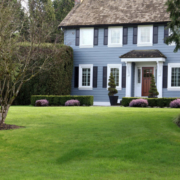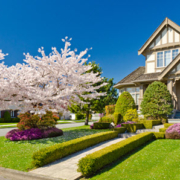“I got the number of this company from a trailer on the way to work. I called with low expectations as we rarely have had any luck with landscapers/ yard maintenance people in the past. Finding Dave at Jim’s Mowing has been amazing. Fast service, accurate detailed quotes and a great guy to deal with. Good price, good reliable service from a nice guy. Highly recommend this company!”
“We have used Jim’s mowing for several years now. Stu, Connor and Gareth all provide outstanding service and very fair prices. This year besides cutting the grass and general care of our lawns they also helped us with some landscaping. Our gardens now look spectacular thanks to Jim’s Mowing fine work.”
“I have been using Jim’s Mowing for many years and have always been extremely happy with their service. Today my roommates and I were absolutely blown away by the AMAZING job Daniel & Brooklyn did clearing away a spectacular amount leaves from the flower beds, lawn and curb. Perfection! We highly recommend Peter and his Team.”
on reviews
Fertilizer! Food for Thought… or Grass?
Just like your own body, your grass requires nutrients, water and air. Depending on the type of grass in your lawn and the region you live in, different ratios of these nutrients are required. Here in British Columbia, we definitely get our fair share of rain but this is only one of the essential elements your lawn needs. When the summer heat comes and the soil begins to dry out, if your lawn hasn’t been fed the nutrients it needs, it might not survive.
What nutrients are we providing with fertilization?
So what nutrients does your lawn need here in British Columbia? Pretty much all plants require large amounts of the same three nutrients, nitrogen, phosphorus and potassium, but different plants require different ratios. House plants, for example, usually require a balanced mix of all three, whereas most grasses demand higher amounts of nitrogen than phosphorus or potassium. Phosphorus and potassium are more readily available on most lawns, meaning they need to be replenished less often. Nitrogen, on the other hand, moves quickly through the soil with rain or water. This means that it moves out of the soil quickly as well and needs to be replenished more frequently.
Lawn fertilizer bags will list their ratios with the N-P-K formula, meaning the first number is nitrogen, the second is phosphorus and the third is potassium. This is why when you look for lawn fertilizer, the first number, nitrogen, will be the largest because your lawn needs the most of it.
Request a FREE Fertilizing Quote now!
Which Fertilizer?
Now that you know a bit about fertilizer and what it does, it’s time to choose a fertilizer. This part isn’t as hard as it may seem, although there are plenty of options. Some bags are labelled as lawn food, some are labelled by season. Here in British Columbia, there’s so much rain to help promote growth and repair that a standard fertilizer will do the trick. The more specialized bags for different seasons, or the bags with less common N-P-K ratios are options you might want to consider if you’ve tried standard fertilizers with no success. Essentially, don’t worry about the nuances when it comes to fertilizers unless you own a golfing green, your lawn just needs nutrients! Make sure you also pick up a seed and fertilizer spreader while you’re out!
Tip: It’s handy to know the square footage or meters of your yard to know how much fertilizer to purchase.
Is Fertilizer/Fertilizing Enough?
You might want to just spread the fertilizer and be done with it, but just spreading fertilizer alone might be a waste of your time and money. The pH levels of your lawn are important for receiving nutrients. In British Columbia, lawns can easily become acidic due to various reasons. If you live in an area with high pollution, it can raise the acidity of your lawn. Even heavy rain can raise the acidity as pollutants can be carried in the water droplets. As dead leaves, branches or other debris decays, this also leaves acid in the soil.
The problem with acidic soil is that it prevents the nutrients from reaching the roots of your grass. Even with an abundance of these nutrients, the acidity can kill most of it before your lawn receives any benefits. So while you could try to fertilize your lawn without lime treatment here in British Columbia, we would always recommend pairing the two together to ensure that the nutrients you just spent money on will have no problem reaching the roots of the grass you’re trying to nourish!
Request a FREE Fertilizing Quote now!
What to do after fertilizing?
Now you have fertilizer, you have lime, and you have your spreader, you’re almost ready to go. Just make sure you wear gloves and a mask when dealing with the lime! It isn’t the most toxic substance, but many lime mixtures can be quite dusty and you should avoid breathing in the lime. During the dry British Columbia summer heat, the last thing you’ll want to be doing is breathing in lime dust.
Read the bags carefully! Typically, most brands here in British Columbia will include instructions on what spreader to use, how much fertilizer to put on your lawn, and what pattern you should walk as you’re spreading the fertilizer. This should make it easier to determine the right amount to use on your lawn, but it can be hard to hit the ratios right.
In British Columbia, one of the most common mistakes first time gardeners commit is putting down too much fertilizer. This can lead to something called “fertilizer burn”, where the leaves of grass are scorched, turned brown or yellow, and this can eventually lead your lawn to die. This damage can be reversed if there is still rain to fall in the season, and a layer of topsoil and grass seed can do wonders, but this can be a headache after spending money to make your lawn look great in the first place!
While fertilizing your lawn in British Columbia is not rocket science, there are many things to consider if you want to optimize your lawns chances of success. This could take some research and planning to hit the right time windows, nail the nutrient and lime ratios, and know how frequently to do it again. If you are finding that you don’t have the time, or simply don’t want to do the work, call us here at Jim’s Mowing British Columbia and let us take care of the work and planning for you. Our experts are trained on the best schedules and practices for lime and fertilizer treatments to ensure that we do the tough jobs for you!
“Patrick and his team are great! Response times are very quick, pricing is reasonable and they are efficient and tidy. Very pleased with their service.”
“Jim’s shows up on a regular basis throughout the lawn-growing season. They are always prompt, quick, efficient and friendly. All for a reasonable price too. My nephew said he’ll cut my lawn for free. I said No thanks! I use Jim’s Mowing because they’re the best!”
“Amazing service! I’ve tried 3 others in town and by FAR this was the best. VERY responsive and friend and professional. Came did the job and sent invoice..quick easy contactless payment. Great business to work with. Highly recommend!”
on
Request a QUOTE now!
It’s totally free!
The Fertilizer and Lime service is also available in:
AbbotsfordAldergroveBurnabyCampbell RiverChilliwackCoquitlamCourtenay/ComoxCowichan ValleyDeltaDuncanGibsonsHopeKamloopsKelownaLadnerLangleyMaple RidgeMissionNanaimoNanoose BayNew WestminsterNorth VancouverParksvillePeachlandPentictonPitt MeadowsPort AlberniPrince GeorgePrince RupertQualicum BeachRichmondRoberts CreekSalmon ArmSecheltSookeSquamishSunshine CoastSurreyTsawwassenVancouverVernonVictoriaWalnut GroveWest KelownaWest VancouverWhite Rock
